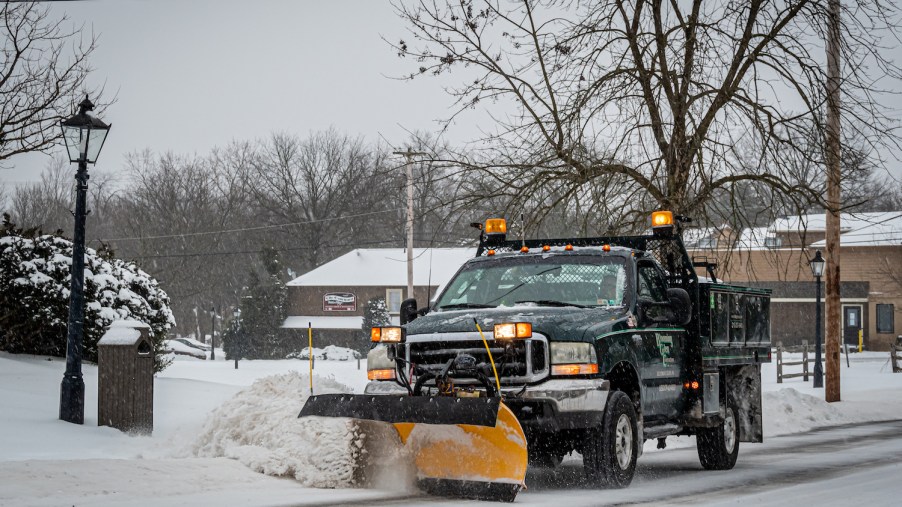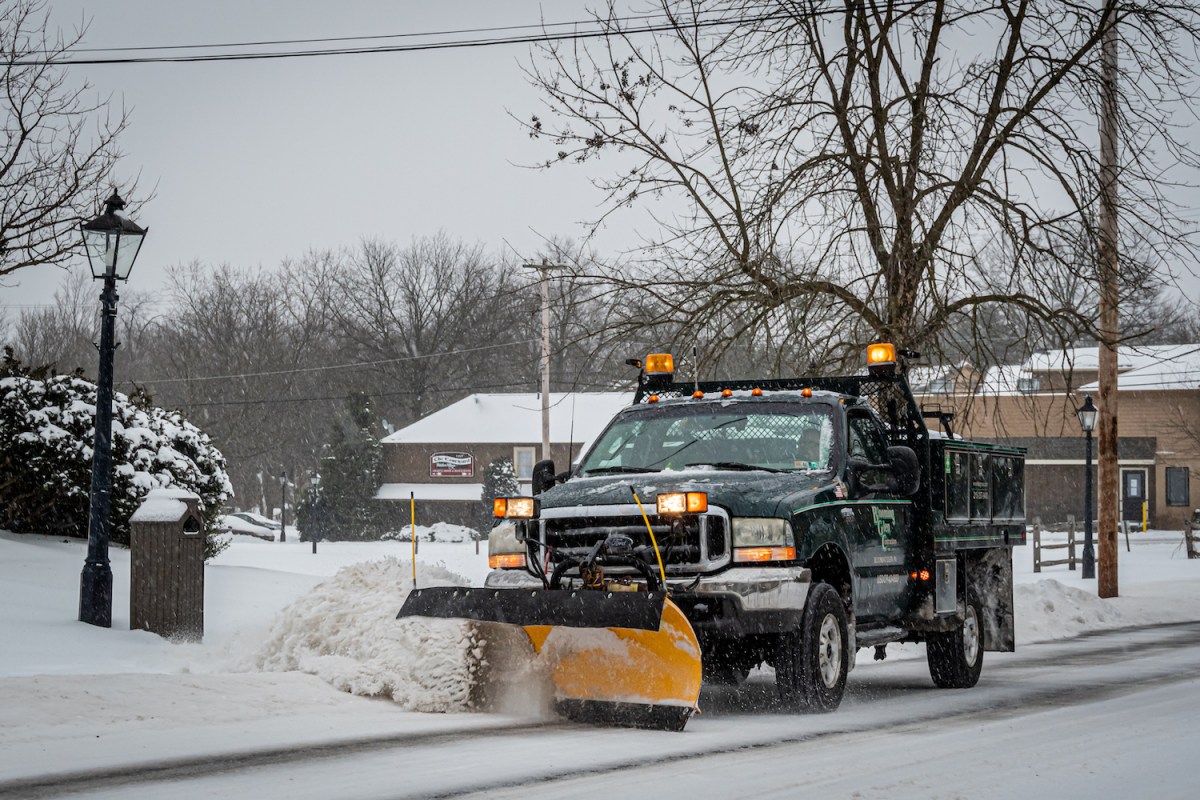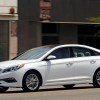
4 Snow Plow Safety Tips When Encountering These Vehicles on the Road
You already know general car safety — wear your seatbelt, pay attention, and follow traffic laws. That’s good advice for winter driving too. But you should also know what to do when sharing the road with snow plows. Different areas often use different types of equipment, so follow these safety tips when encountering various kinds of snow plows.
1. Do not pass a snow plow, especially on the right

Never crowd a snow plow. Most are large trucks with a wide blade, or wing, attached to the front. Some vehicles move snow only to one side, while others have v-shaped attachments to push the snow in both directions.
Specifically, never pass a plow on the right. Most move the snow in that direction, and the wing to the side might be difficult to see in the snow. That wing can extend up to 12 feet from the side of the vehicle. Snow and debris will fly to the right, limiting visibility. If you pass a snow plow on the right, you risk losing control or hitting the wing.
2. Give a snow plow space
Snow plows travel only 25 to 35 mph while operating. That is the optimum speed, and it’s safest to stay behind them while they work. Remember, the road ahead of the snow plow is not cleared, so it’s best to hang back and be patient. Another thing to remember is that the snow plow usually drops salt or gravel behind it to increase traction and encourage melting. That means you should stay at least 200 feet behind the snow plow, Kent County Road Commission explains.
At intersections, snow plows sometimes have to back up or turn around. So leave them enough space to maneuver.
3. Drive slowly near a snow plow
In addition, snow plows might need to stop suddenly or swerve to avoid objects. That could include parked vehicles. Give yourself time to react, and when you’re driving on ice and snow, stopping distances are far longer than on dry pavement.
Plows also kick up snow clouds, which severely limit visibility. It’s best to reduce your speed and let the snow plows do their job.
4. Ensure your car’s tailpipe is clear
This last tip for snow plow safety doesn’t just apply to driving near a snow plow. If you’re clearing off your car after a storm and a snow plow drives by, the thrown snow can sometimes block your vehicle’s tailpipe.
Deaths have occurred in the winter because drivers have cleared snow off their cars and then sat inside them to warm up. But before you do that, ensure the tailpipe is clear to avoid carbon monoxide poisoning.
According to Progressive, in Iowa alone, an average of 46 accidents annually involve snow plows, costing the state’s transportation department “more than $1.2 million to repair other vehicles and settle claims for injuries caused by these accidents.”
These snow plow safety tips can help you make it through the winter incident-free.


